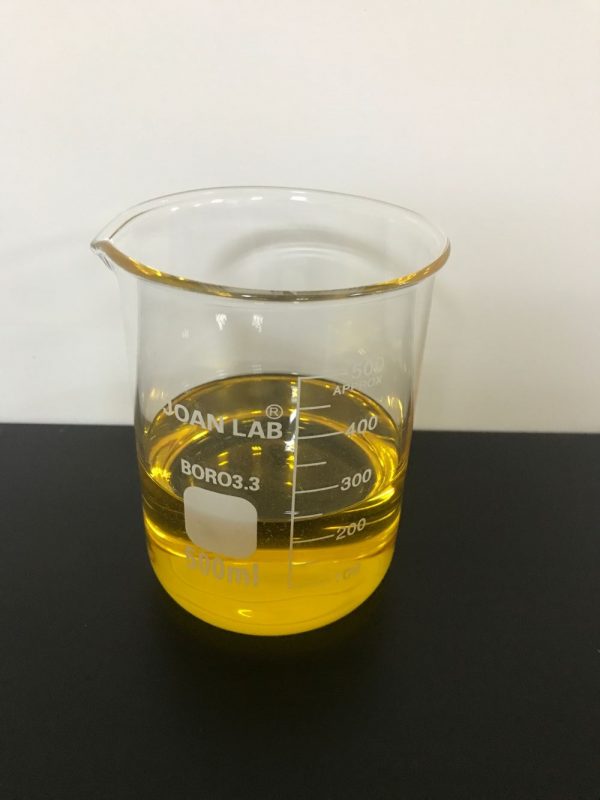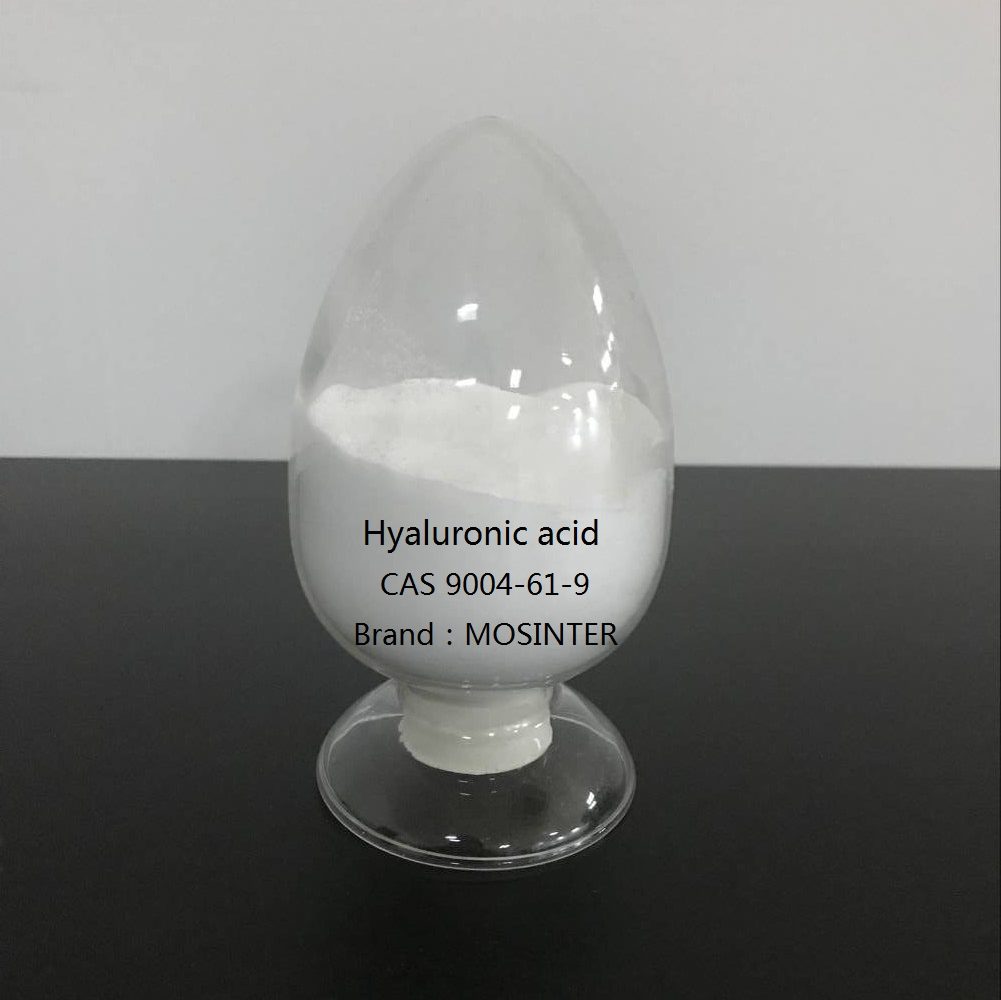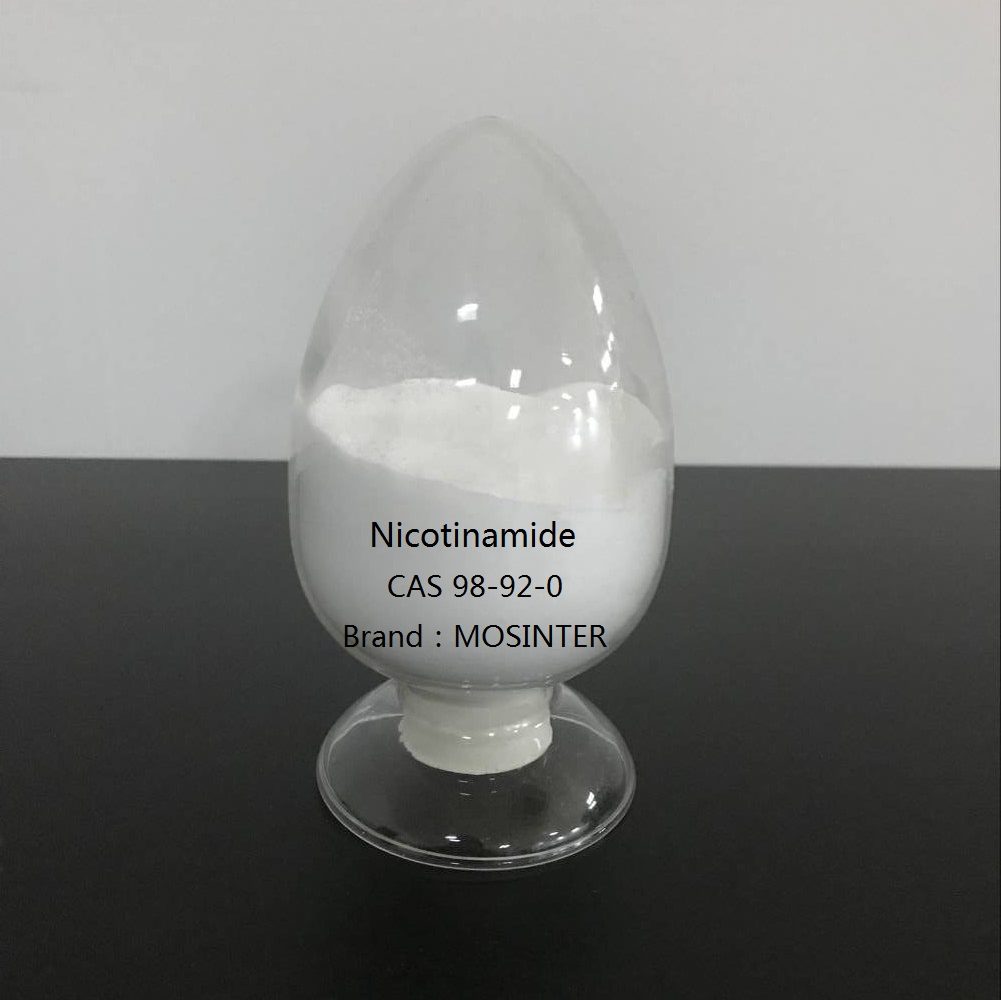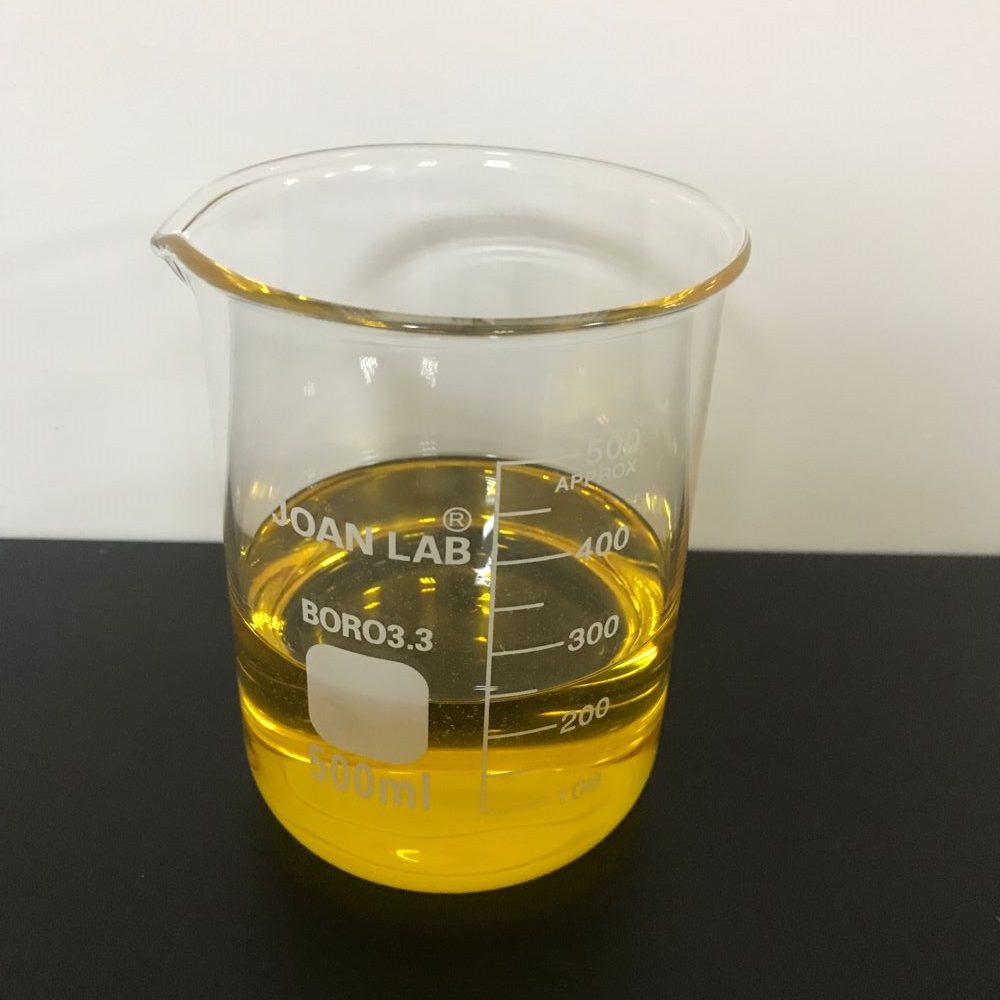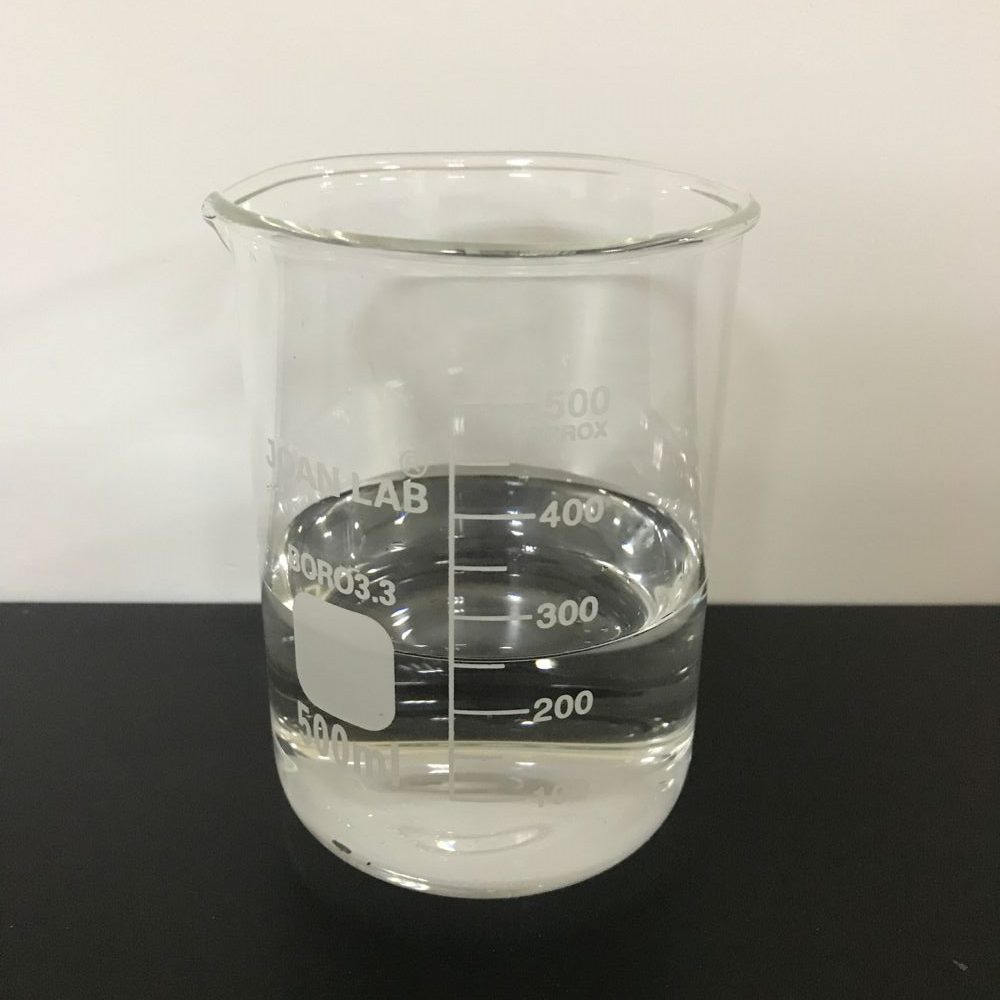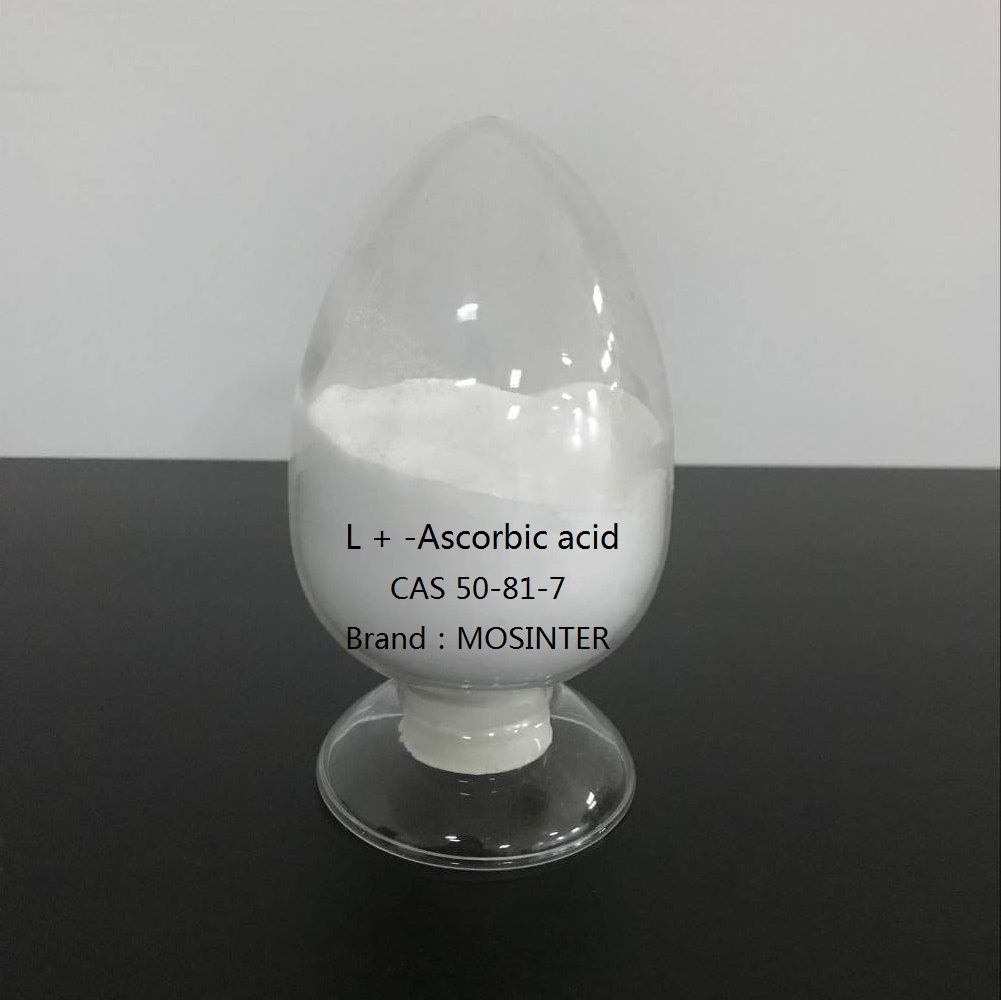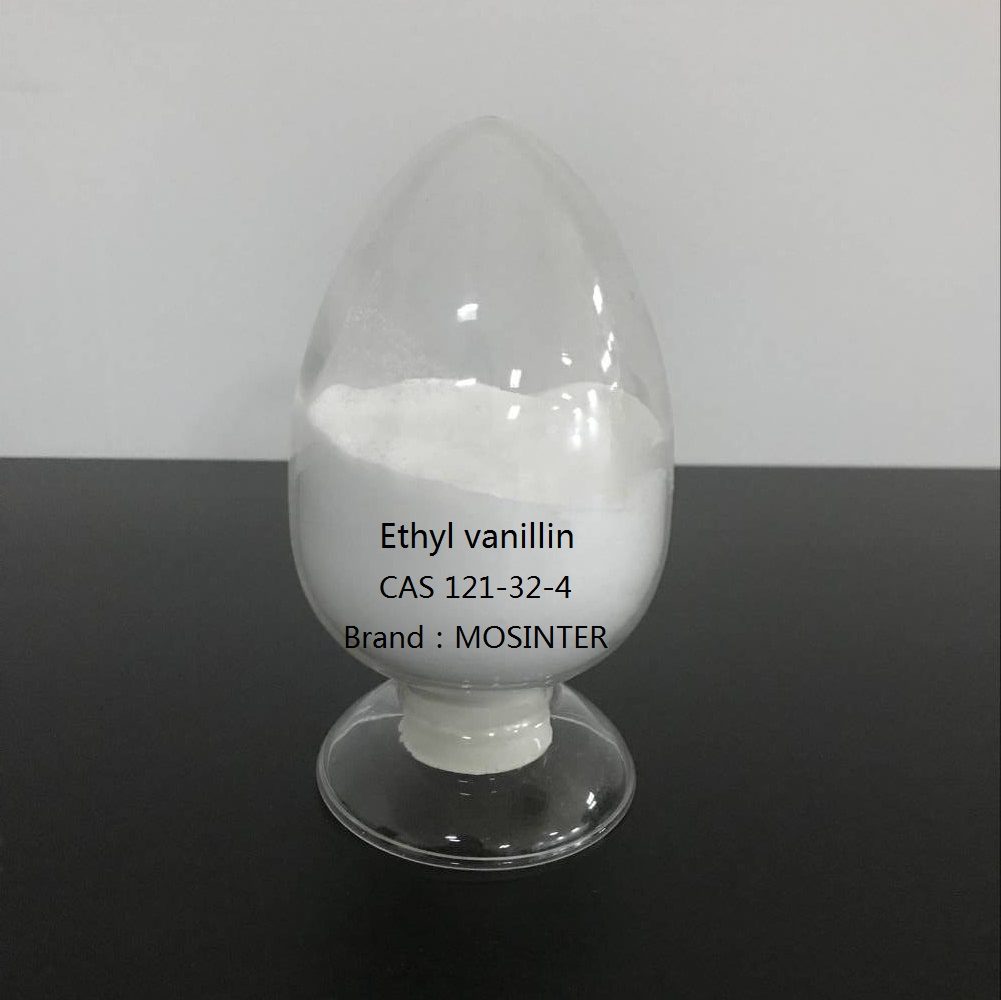- Have any questions?
- +86-189 8930 5995
- sales@mosinterchem.com.cn
2-Ethyl-1-hexanol CAS 104-76-7

Coenzyme Q10 CAS 303-98-0
21/12/2018
Caprylic capric triglyceride CAS 73398-61-5
21/12/2018| Model: | MOS 104-76-7 |
| Brand Name: | MOSINTER |
| CAS No.: | 104-76-7 |
| Melting point: | -76 °C(lit.) |
| Boiling point: | 183-186 °C(lit.) |
| Density: | 0.833 g/mL at 25 °C(lit.) |
| Vapor density: | 4.49 (vs air) |
| Vapour pressure: | 0.2 mm Hg ( 20 °C) |
| Refractive index: | n20/D 1.431(lit.) |
| Flashing point: | 171 °F |
| Soluble: | 1 g/L (20 ºC) |
| Stability: | Stable. Combustible. Incompatible with strong oxidizing agents, strong acids. |
2-Ethyl-1-hexanol (CAS: 104-76-7)
| Item | Index |
| Appearance | Colorless to light yellow oil liquid |
| Melting point | −76 °C(lit.) |
| Boiling point | 183-186 °C(lit.) |
| Density | 0.833 g/mL at 25 °C(lit.) |
| Flash point | 171 °F |
| Refractive index | n20/D 1.431(lit.) |
| Solubility(in water) at 20 ºC | 1 g/l |
2-Ethylhexanol (abbreviated 2-EH) is a fatty alcohol, an organic compound is a branched, eight-carbon chiral alcohol. It is a colorless liquid that is poorly soluble in water but soluble in most organic
solvents. It is produced on a massive scale for use in numerous applications such as solvents, flavors,
and fragrances and especially as a precursor for production of other chemicals such as emollients and
plasticizers. It is encountered in natural plant fragrances, and the odor has been reported as “heavy,
earthy, and slightly floral” for the R enantiomer and “a light, sweet floral fragrance” for the S enantiomer.
Almost all 2-ethylhexanol is converted into the diesters bis(2-ethylhexyl) phthalate (DEHP), a plasticizer. Because it is a fatty alcohol, its esters tend to have emollient
properties. For example, the sunscreen octocrylene contains a 2-ethylhexyl ester for this purpose.
It is also commonly used as a low volatility solvent. 2-Ethylhexanol can also be used as an octane booster
when reacted with nitric acid.
Industrial production
2-Ethylhexanol is produced industrially by the aldol condensation of n-butyraldehyde, followed by hydrogenation of the resulting hydroxyaldehyde. About 2,500,000 tons are prepared
in this way annually. The n-butyraldehyde is made byhydroformylation of propylene, either in a self-contained plant or as the first step in a fully integrated facility. Most facilities make n-butanol and isobutanol in
addition to 2-ethylhexanol.
Health effects
Air exposure of 2-ethylhexanol to a human in a case study involving concentrations between 80 and 470 μg/m3 included throat
irritation, cough, sore eyes, headache and blurred vision. Other volatile organic compounds were detected in the air as well, but 2-Ethylhexanol was of the highest concentration. Another study involving several people exposed to 2-Ethylhexanol reported headaches, dizziness, fatigue and gastrointestinal disorders, but the concentration of 2-Ethylhexanol in this case is not known. According to animal studies, 2-Ethylhexanol does not seem to be carcinogenic.

